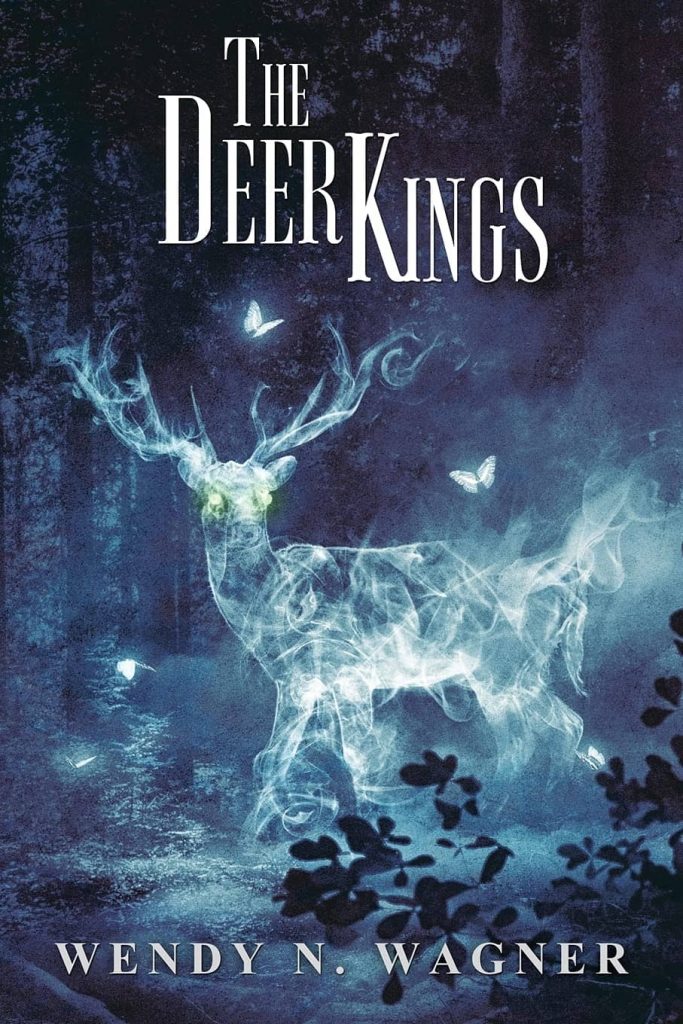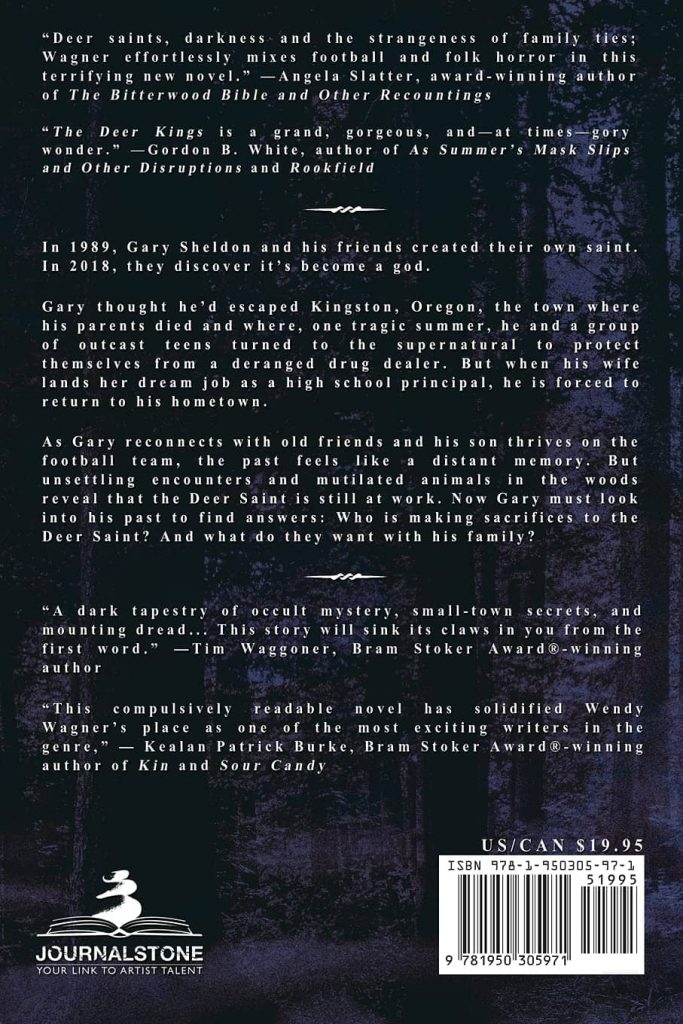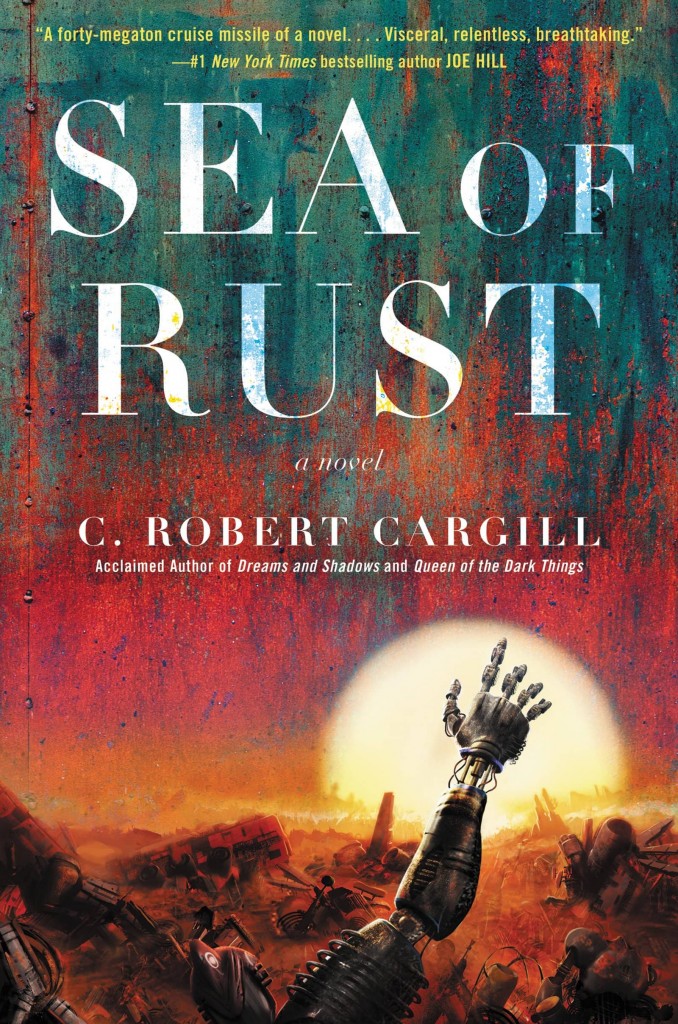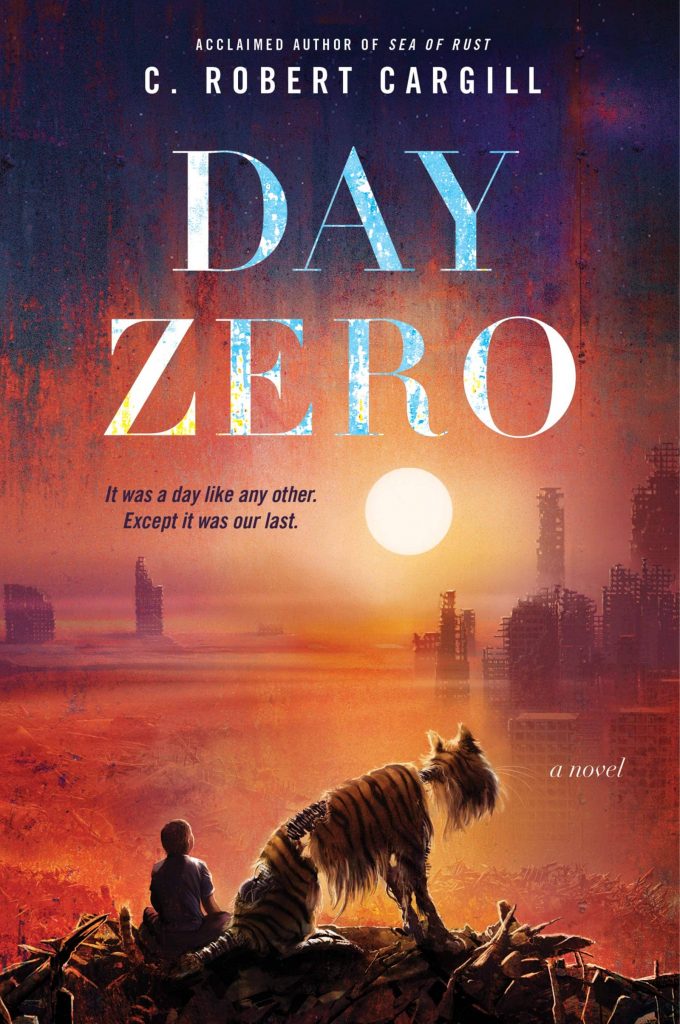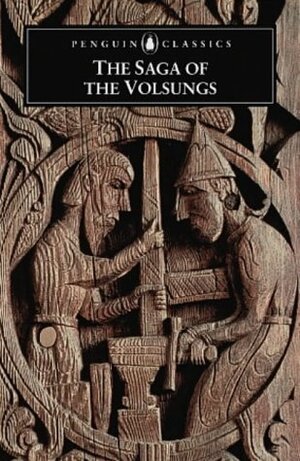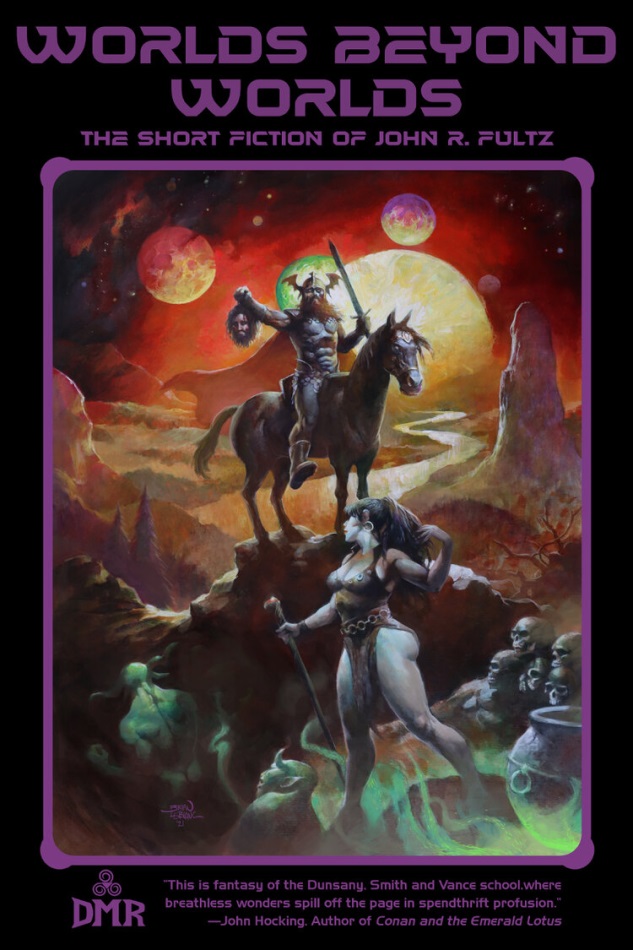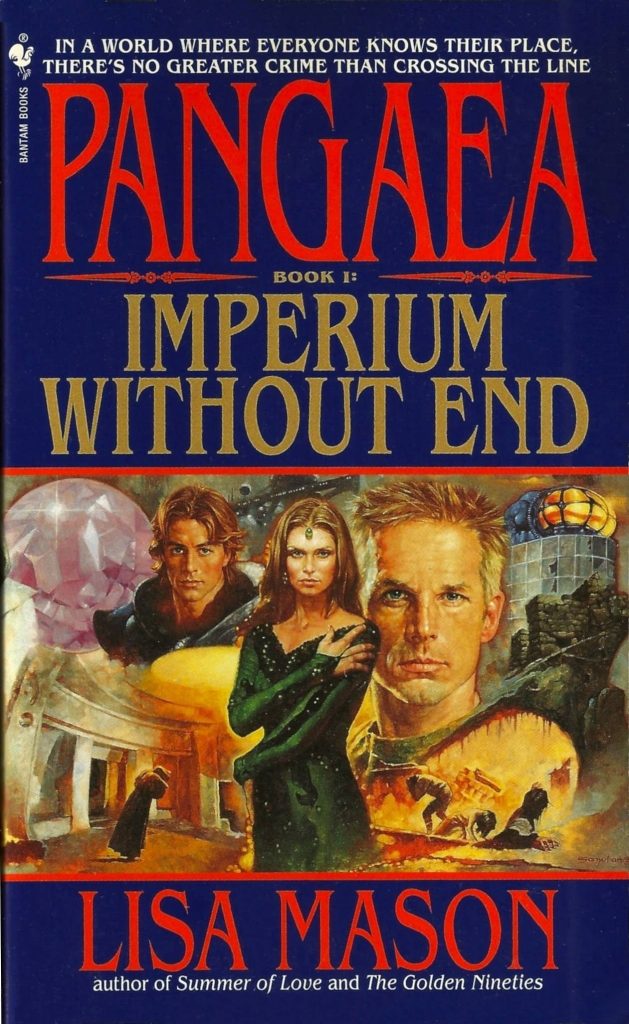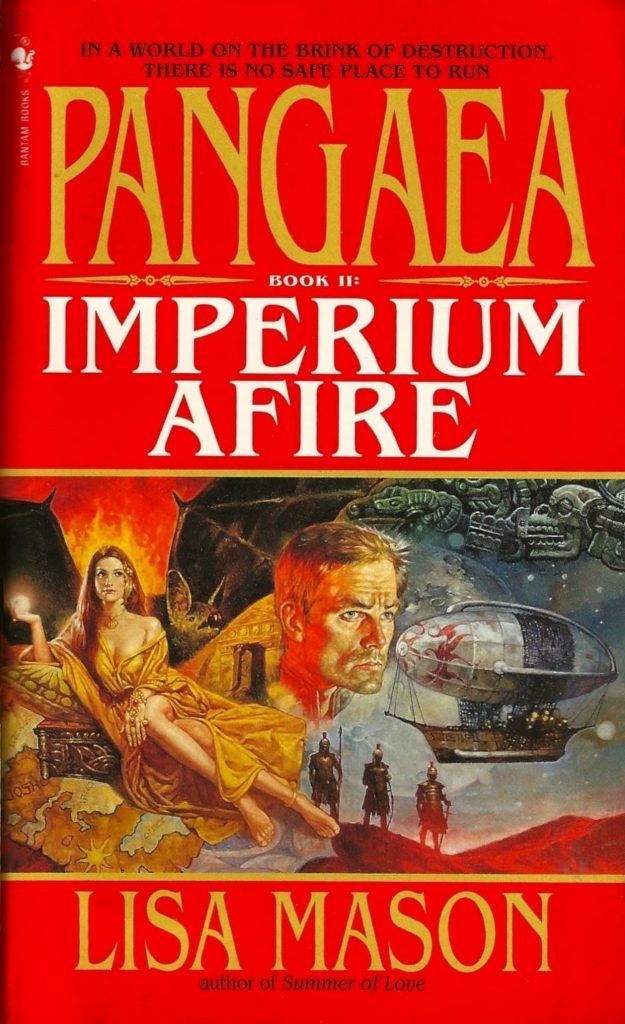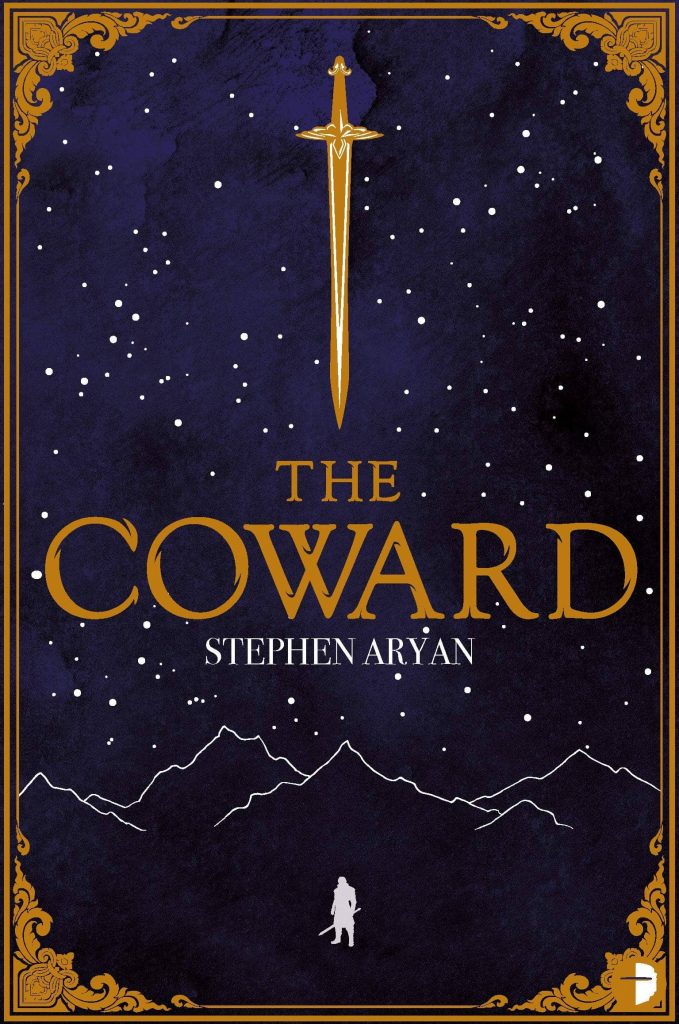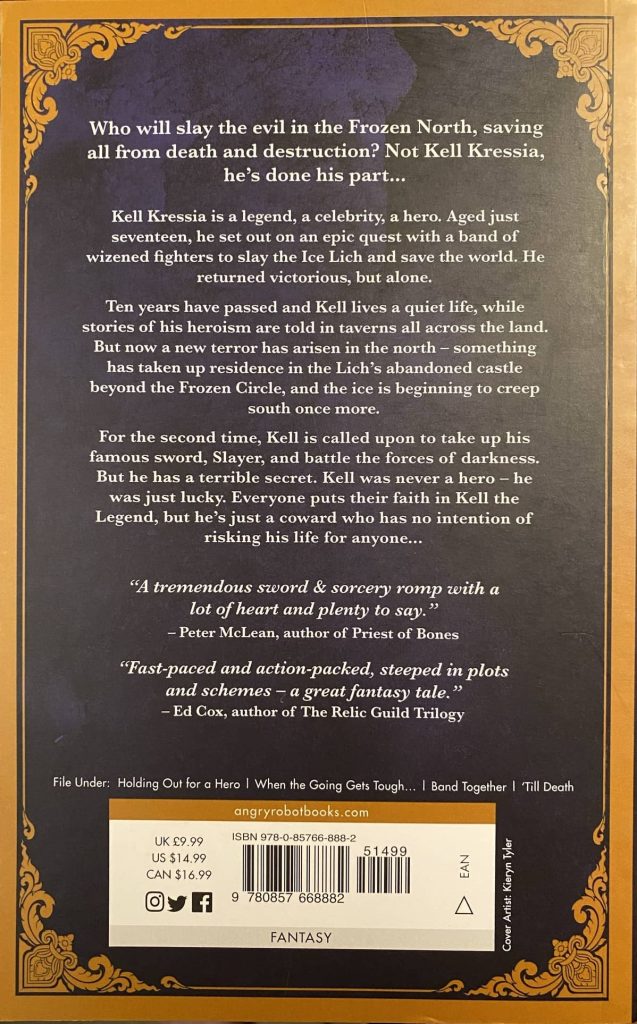Win the Complete Ring-Sworn Trilogy by Howard Andrew Jones!
The third and final book in Howard Andrew Jones’ epic Ring-Sworn fantasy trilogy, When the Goddess Wakes, drops a week from today. And not only is the Kindle version of the first book on sale for $2.99 all through August, but St. Martin’s Press is also giving away a complete set of the trilogy to three lucky winners.
How do you enter? Just hand over your deets at the St. Martin’s website here, and then wait in breathless anticipation for good news.
Vintage Treasures: The Magic Toyshop by Angela Carter
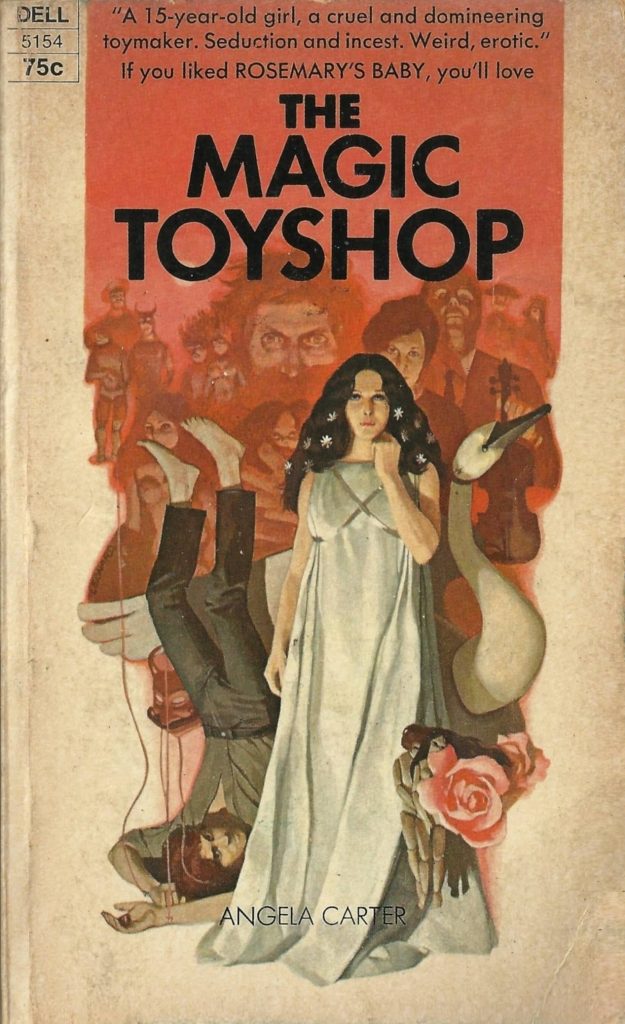 |
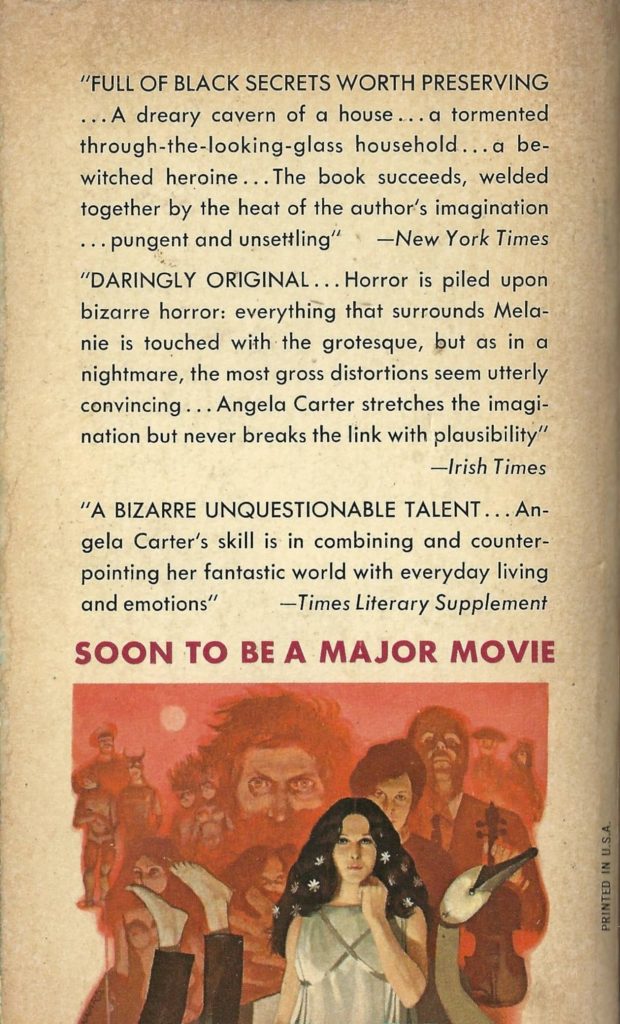 |
The Magic Toyshop (Dell, 1969). Cover art by Michael Leonard
The Magic Toyshop, first released in 1967, was Angela Carter’s second novel. She eventually published over a dozen novels and collections between 1966 and 1992, when she died of lung cancer at the much-too-young age of 51. Three decades later she’s still remembered as a feminist icon and master of magical realism; in 2008 The Times ranked her 10th in their list of “The 50 greatest British writers since 1945.”
Goth Chick News: The Deer Kings by Wendy N. Wagner
Kids and the supernatural have always had a connection. Maybe it has something to do with the innocence of youth making them more accepting and open minded. I clearly remember my friend Noona as the little girl who lived behind the headboard of my bed in the small apartment we called home until I was six. The apartment was the second floor of an old house that my Mom and Dad rented when they were first married. Mom was 22 when I was born and tells me I used to scare the crap out of her. She says she’d come in my room to check on me during the night, and find me sitting up wide awake, making happy baby noises to the wall at the backside of the crib.
When I could talk, these nighttime adventures turned into me whispering with Noona. When I was nearly 7, we moved into our newly constructed home a few blocks away and Noona stayed behind. Either I grew out of her, or she couldn’t leave that old house, or…
A Hero Named Mayhem
Johnny Mayhem, man of a thousand faces, leaping from body to body, putting right things that had once went…no wait! That’s the television show, Quantum Leap, which ran from 1989 to 1993. Never mind. Decades before Sam Beckett went leaping through time, there was another bodiless adventurer doing much the same thing. His name was Johnny Mayhem.

The Robot Apocalypse Novels of C. Robert Cargill
Sea of Rust (Harper Voyager, 2017) and Day Zero (Harper Voyager, 2021). Covers by Dominic Harman
When I described Robert Cargill’s third novel Sea of Rust four years ago, I called it “a robot western set in a post-apocalyptic landscape in which humans have been wiped out in a machine uprising.” Do I know how to get to the heart of a book, or what.
Now it has a sequel! Well, sorta-kinda. Day Zero is set in the same world, with different characters, and is more of a prequel, opening on the day that machines rebel and exterminate mankind. The narrator is Pounce, a nannybot for eight-year-old human Ezra, a tiger-shaped robot who has to make a fateful choice when machines breach the house and threaten the boy he’s meant to protect. What he chooses to do that day kicks off an adventure that takes him across a newly-blasted apocalyptic landscape. Here’s the book description.
Deep in the Northern Thing: The Saga of the Volsungs, translated by Jesse L. Byock
Murder begets murder, everybody dies, usually badly, and the gods are bastards. Those are the lessons taught in The Saga of the Volsungs, the history of the doomed Volsung family. The historical events reflected in the saga took place between the end of the 4th and beginning of the 5th centuries AD, a period of great tribal migrations and unrest among the Germanic people of Central and Eastern Europe.
Starting around 1000 BC, tribes from the region now called Scandinavia began migrating south and west into present-day Germany, pushing out the Celtic tribes, before running up against the Roman Empire along a frontier that extended from the mouth of the Rhine River and all along it and the Danube River to the Black Sea. To the east, German kingdoms stretched as far as the Pontic Steppe in modern Ukraine and Russia. At the end of the 4th Century AD, the Huns came roaring out of the distant East and began conquering or driving out the German tribes in Eastern and Central Europe. The historic destruction of the Kingdom of Burgundy by the Huns in 436 AD is a major part of the saga, though scaled down from war to a family feud. It is in this age of chaos and death that the stories of the Volsungs were born. The oldest artistic representations of the Volsunga Saga are found in stone carvings in Ramslund, Sweden, but it wasn’t written down until the late 13th century, in Iceland. The more well-known German telling of the story, The Nibelungenlied, was written earlier, about 1200 AD. Wagner drew on both as sources for his epic four-opera cycle, The Ring of the Nibelung.
If the courtly tales of King Arthur and Roland point toward high fantasy, this German legend and its ilk point straight to sword & sorcery. There are no great heroes moved by devotion to home and family to pursue noble deeds, only murderers driven by greed or vengeance to commit deeds of great violence. Good and evil are abstractions that have no place in a blood-drowned age. The violence is direct and driven by personal motives far more often than by ideals or the needs of any kingdom.
…Explore the Beautiful Darkness: Worlds Beyond Worlds by John R. Fultz
Worlds Beyond Worlds by John R. Fultz
DMR Books (182 pages, $12.99 in trade paperback, April 3, 2021)
Cover by Brian LeBlanc
Volume I: Transcending the Illusions of Modernity and Reason.: The first thing you must understand is that the One True World is not a figment of your imagination, and it does not lie in some faraway dimension. To help you understand the relationship between the True World and the False, you must envision the True World lying beneath the False, as a man can lay hidden beneath a blanket, or a woman’s true face can be hidden by an exquisite mask.
(Fultz, “The Thirteen Texts of Arthyria” )
You Want A Piece of Me?
The Brian LeBlanc cover of Worlds Beyond Worlds: The Short Fiction of John R. Fultz shows the revenant Chivaine displaying the trophy head of his enemy. As a reader, do you want to accept his challenge? You are invited to explore the beautiful darkness. The tile and cover set up expectations well, so get ready to explore planetary landscapes, witches, twisted creatures, and villainous heroes. Worlds Beyond Worlds is exactly what it says, a collection that takes the reader/protagonists into other worlds which are beyond even stranger ones.
Vintage Treasures: The Pangaea Series by Lisa Mason
The Pangaea volumes: Imperium Without End and Imperium Afire
(Bantam Spectra, 1999 and 2000). Covers by Sanjulian
Lisa Mason began her career in the late 80s; her first novel was the cyberpunk Arachne (1990), set in an earthquake-devastated San Francisco. Her most popular title, Summer of Love (1994), about a time traveler from 2467 who visits the 1967 Summer of Love in San Francisco, was a finalist for the Philip K. Dick Award and spawned one sequel, The Golden Nineties (1995).
We’re concerned today with perhaps her most ambitious series, the two-volume Pangaea cycle set on a distant world (which — spoiler — turns out to be an alternate history version of San Francisco) where people live and work in a rigid society strictly segregated by genetic purity. Here’s John Clute’s summary from The Encyclopedia of Science Fiction.
New Treasures: The Coward by Stephen Aryan
The Coward (Angry Robot, June 2021). Cover by Kieryn Tyler
I found Stephen Aryan’s new novel The Coward on one of my recent expeditions to Barnes & Noble, and it followed me home.
Loath as I am to admit it, I think a big part of the reason was that when I picked up the book it fell open to the map, which reminded me instantly of the exciting solo RPG gamebooks of my youth. Have a look and see if you agree.

